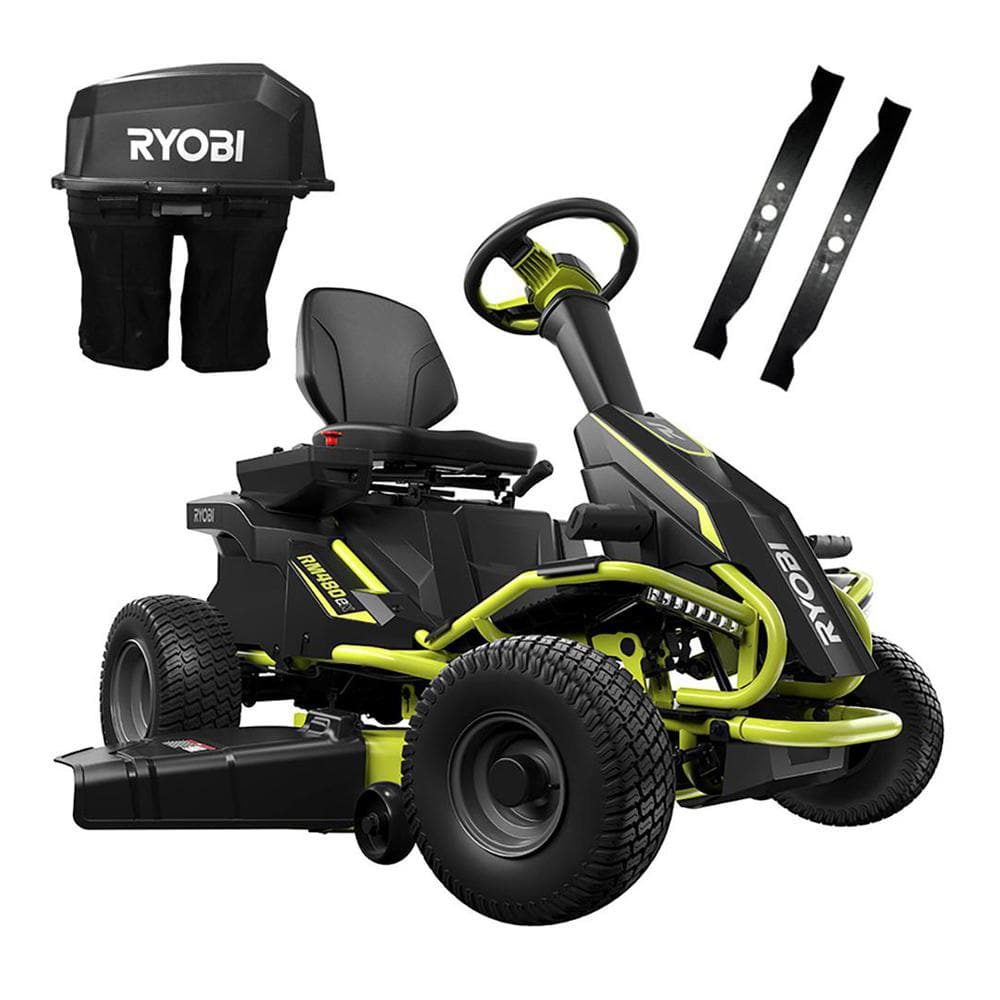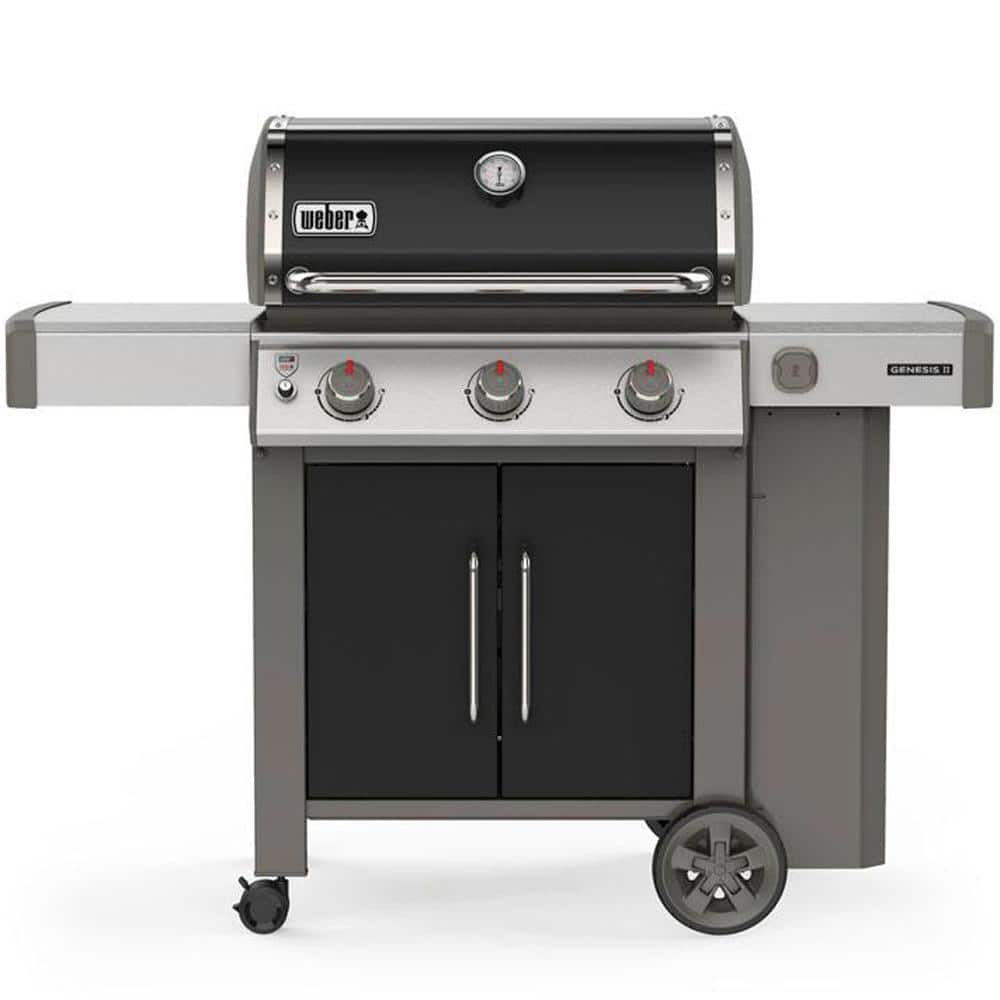Orbit Pro Series 4000 Sq. ft. Metal Gear-Drive Oscillating Lawn Sprinkler
-
( 3 Reviews )Rated 5.00 out of 5 based on 3 customer ratings03
The Orbit Pro Series oscillating sprinkler is ideal for watering large to extra-large rectangular areas. Easily slide the two tabs to adjust the spray distance from partial to full coverage, as needed, so the sprinkler can conform to the specific needs of your lawn. The wide metal base has been designed to make it easy to reposition your sprinkler and to keep your sprinkler from tipping during watering. Designed with precision nozzles, water is distributed evenly over the entire area. The plug at the end of the spray tube can easily unscrew to reveal a clean-out tool that will keep your nozzles from getting clogged by grit or debris.
SKU:
326554196
Category: Patio & Garden
Tag: 4000 Sq. ft. Metal Gear-Drive Oscillating Lawn Sprinkler
-
RYOBI 38 in. 100 Ah Battery Electric Rear Engine Riding Lawn Mower and Bagging Kit
Rated 4.83 out of 506RYOBI 38 in. 100 Ah Battery Electric Rear Engine Riding Lawn Mower and Bagging Kit
Rated 4.83 out of 506 -
Weber Genesis II E-315 3-Burner Propane Gas Grill in Black
Rated 5.00 out of 504Weber Genesis II E-315 3-Burner Propane Gas Grill in Black
Rated 5.00 out of 504 -
Backyard Discovery 14′ x 10′ Brockton Pergola with Electric – Dark Walnut
Rated 4.63 out of 508Backyard Discovery 14′ x 10′ Brockton Pergola with Electric – Dark Walnut
Rated 4.63 out of 508 -
Peony, Immaculee Seeds and Plants, Flowers
Rated 4.67 out of 503Peony, Immaculee Seeds and Plants, Flowers
Rated 4.67 out of 503
The Orbit Pro Series oscillating sprinkler is ideal for watering large to extra-large rectangular areas. Easily slide the two tabs to adjust the spray distance from partial to full coverage, as needed, so the sprinkler can conform to the specific needs of your lawn. The wide metal base has been designed to make it easy to reposition your sprinkler and to keep your sprinkler from tipping during watering. Designed with precision nozzles, water is distributed evenly over the entire area. The plug at the end of the spray tube can easily unscrew to reveal a clean-out tool that will keep your nozzles from getting clogged by grit or debris.
- The Orbit oscillator has a rectangular spray pattern up to 4, 000 square feet (depending on water pressure)
- Swivel connection and clean-out plug for easy installation and maintenance
- Adjustable tabs to change the spray distance and pattern as needed
- Precision nozzles provide consistent water coverage
- Heavy-duty metal base to keep your sprinkler from tipping over
Additional information
| Assembled Product Weight | 2.6 lb. |
|---|---|
| Assembled Product Dimensions (L x W x H) | 18.75 x 6.13 x 2.75 Inches |
Average Rating
5.00
Rated 5.00 out of 5 based on 3 customer ratings
035 Star
100%
4 Star
0%
3 Star
0%
2 Star
0%
1 Star
0%
Submit your review Cancel reply






by David
This sprinkler is heavy duty. It sprays a lot of water and covers a bigger area than most. I brought one for my back yard and it worked so well, I brought one for the front yard. It’s a little pricey, but worth the money.
by Michael
works great, smooth oscillation.
by Steve
I don’t know how they came up with that it covers 4,000 Sq ft, but it is very strong %26 I got it to actually cover 500 Sq ft 22.5′ x 22.5′. So of the 4 I bought I used only 2, to cover @ a 1,000 sq ft area. . My neighbor uses his sprinkler in 4 sections to cover 800 square ft. He has to move his 4 times. 2 of these n he’d be done.